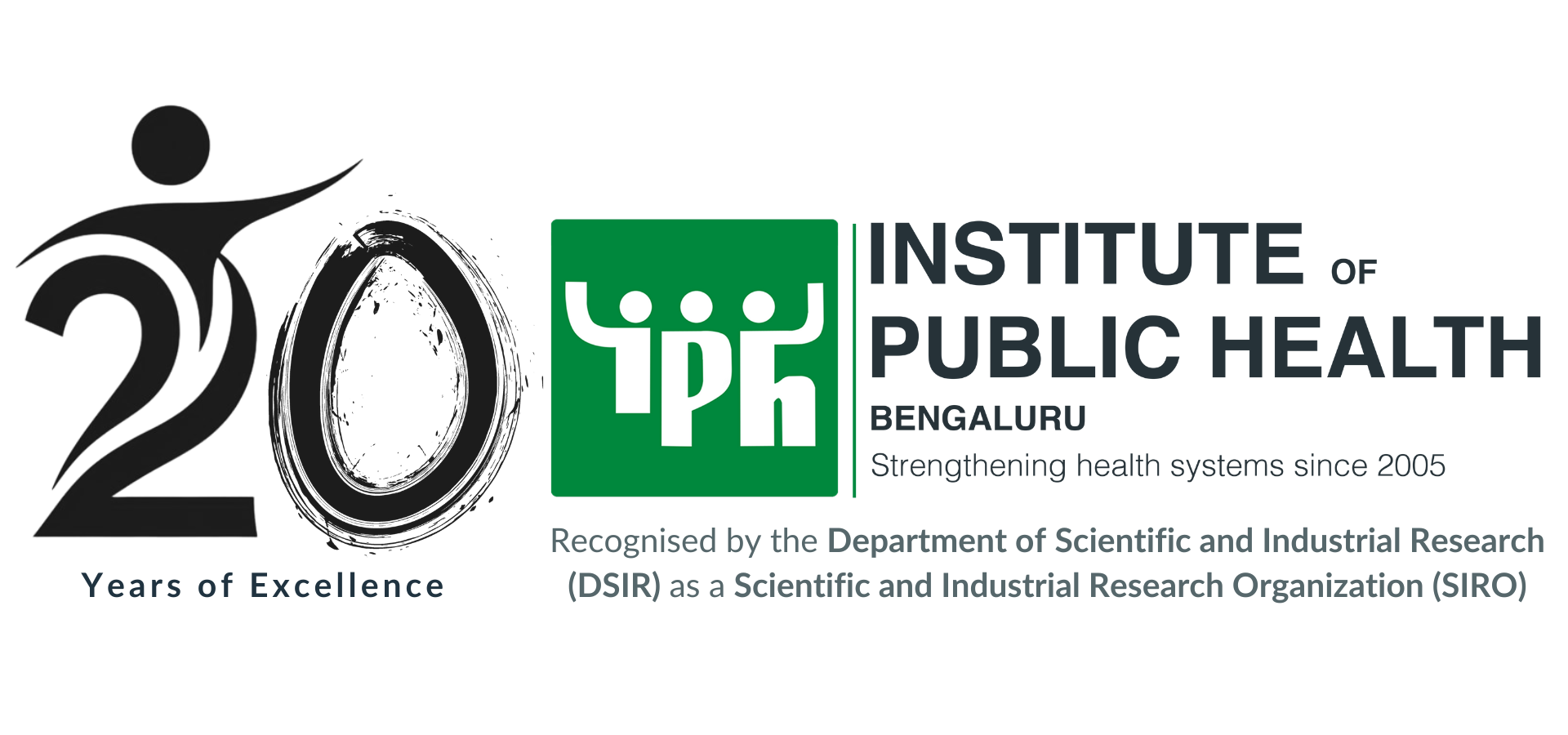
Speaker
Affiliation
Institute of Public Health, Bengaluru
Date
9 June 2017
Time
3:00 – 4:30 PM
Venue
Institute of Public health
#250, 2nd C Main, 2nd C Cross,
Girinagar Ist Phase,
Bengaluru – 560085
Dorothy Lall will be presenting the findings of the first phase of research that is part of her PhD program. She is studying the organization of health care services for diabetes and hypertension at primary care level to identify ways to improve and strengthen services. These results are not published yet but the manuscript is being developed. In the next phase, we will be implementing and evaluating interventions that address the gaps identified in the first phase of the study.
Title: Organization of Primary Health Care Services for Diabetes and Hypertension; A qualitative study of public and private, patient and provider perspectives in Rural India
Abstract
Background: Diabetes and hypertension have emerged as major public health issues globally. Health systems in low to middle income countries are traditionally designed to deliver services for acute conditions but now are having to deal with chronic diseases like diabetes and hypertension. The Chronic Care Model (CCM) is one of many models that describe how services should be organized to achieve quality of care and good clinical outcomes. In this study, we used the CCM as a framework to understand the current organization of health care services for both diabetes and hypertension in both private and public health care sectors and studied both, patients and provider perspectives.
Methods: This study was designed as a qualitative study and data was collected from patients and providers through in depth interviews. The data was triangulated with findings from observations and facility level assessments. Findings were thematically analyzed using the elements of the chronic care as pre -specified themes.
Results: We found that both private and public health care delivery for diabetes and hypertension are lacking most of the elements of the CCM. The lack of a team approach where tasks are shared to improve quality was evident in both public and private sector. Also, the absence of clinical information systems that could be used to facilitate follow up and coordination of care across health care levels seems to result in patients dropping out of care.
Conclusion: Health care services for diabetes and hypertension are currently organized and delivered within an acute care model of service delivery. An urgent reorganization of health care services is required to respond to the demands of chronic conditions to improve social and clinical outcomes with regard to these conditions.


